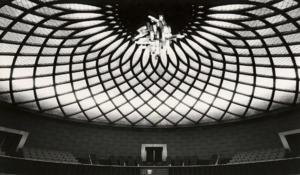Internal Instability in Iran: Drivers and Regime Response

Author | Editor: Bragg, B. (NSI, Inc.)
Question of Focus
[Q1] What are the primary drivers of internal instability for Iran currently, and how are they responding?
Report Preview
There was consensus among the subject matter experts (SMEs) who responded to this question that the primary driver of internal instability in Iran is the dismal state of the economy. This is consistent with findings from the previous round of ViTTa reports produced for US Central Command.2 This group of SMEs did judge the economic situation in Iran to be more acute than it was six months ago, but do not consider the regime to be in imminent danger of collapse.
Repression, corruption, and economic control, the contributors suggest, will buffer the regime against popular discontent, even when people’s economic circumstances are dire. The lack of an effective opposition, or charismatic leader, to consolidate the various social factions, leaves the population with no clear, compelling alternative. And, even if there were, the region (Afghanistan, Iraq, Syria, Libya) provides a sober lesson on the perils of regime change. In other words, things might be bad, and even very bad, but recent history indicates that they could still be much, much worse. This effectively puts the bar for the current Iranian government very low; as long as Iranians consider themselves better off than Iraqis, or Syrians, they are likely to remain risk averse and prefer to maintain the existing regime. Figure 1 in the report shows the key drivers of instability and buffers of stability identified by the expert contributors.
Download Publication
Comments